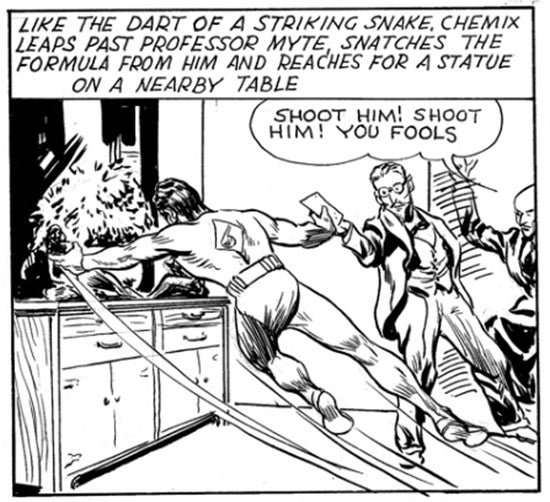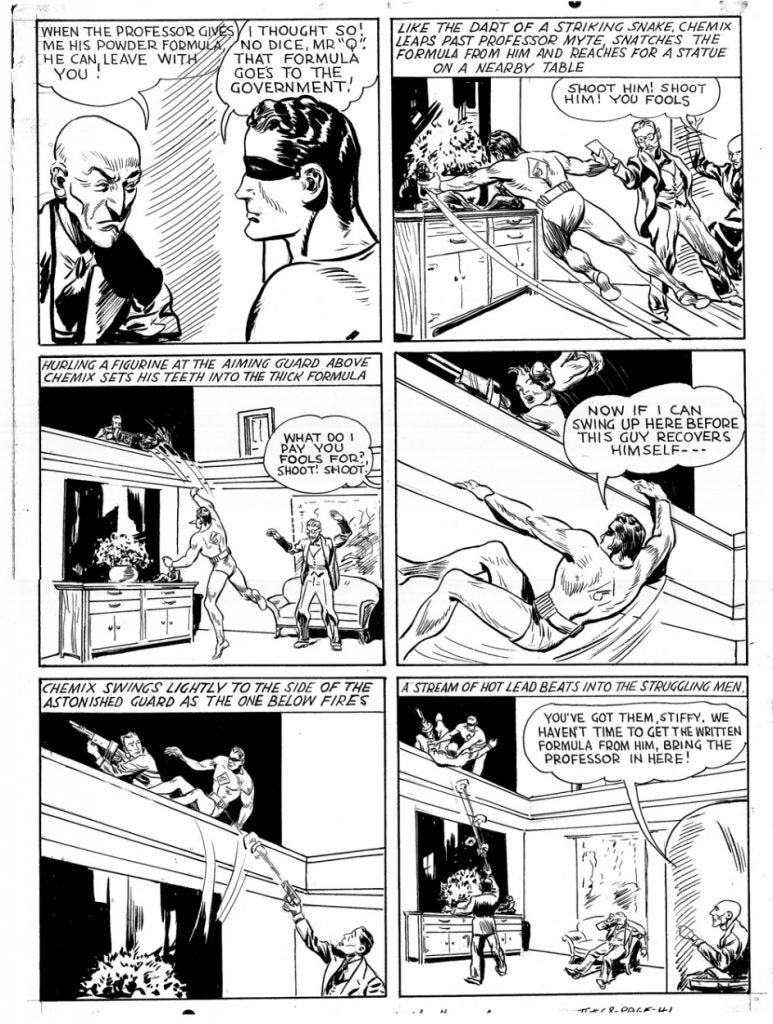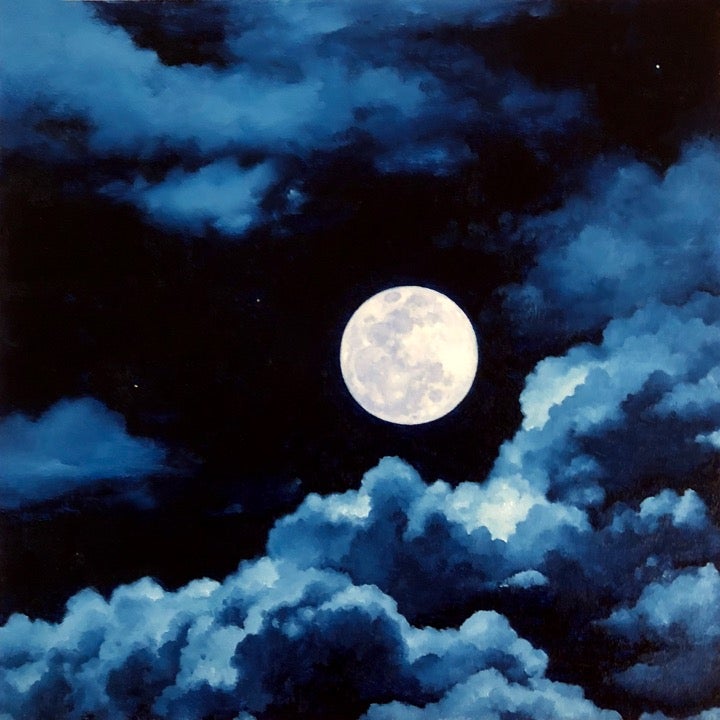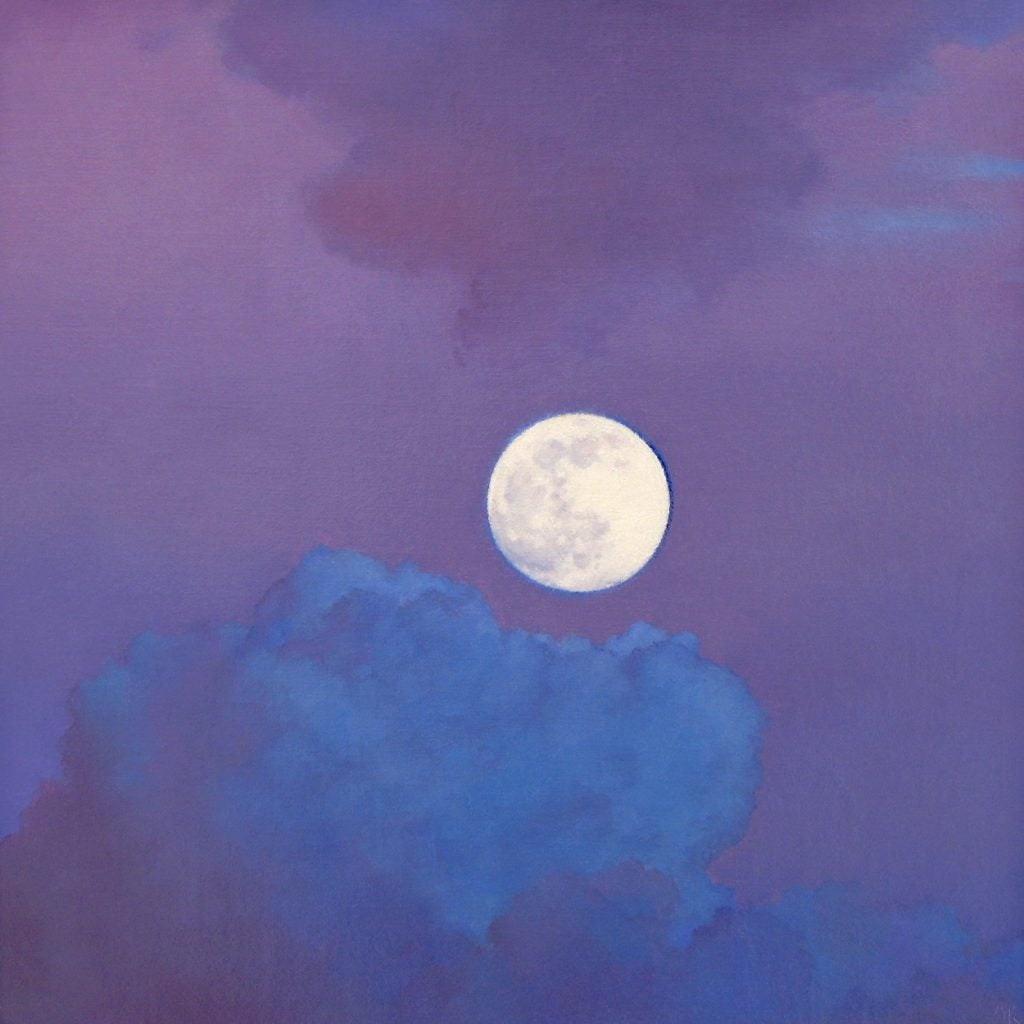
“The Triple Terror” (Tip Top Comics 68, December 1941, p 41)
by Fred Methot and Reg Greenwood (1899-1943)
13 x 20 in., ink on paper
Coppola Collection

Got to love a comic book hero named “Chemix” whose expertise is in chemistry.
At a secret testing field, a new powerful explosive invented by Professor Myte is being tested. Chemix, a former pupil of the professor, attends with army heads. If successful, a new weapon will be added to America’s defense.
After a failed field test of the explosive, the evil “Mr Q” and his thugs kidnap the professor. Chemix pursues them, finds the professor, grabs the formula, and takes on the hired guns (including “Stiffy”).
And only comic book logic holds here: time is short, and it is too much work to retrieve the written formula from people who have been shot; instead, grab the professor and we can interrogate it out of him.
“The Triple Terror” appeared in Tip Top Comics #54-119 (1940-46).
The series started off as an unusual concept. Putting their considerable wealth and scientific skills to good use, the Brandon triplets (Barton, Richard, and Bruce) donned costumes to fight evil around the world as Chemix (Barton), Lectra (Richard), and Menta (Bruce), TheTriple Terror.
In addition to their respective expertise in the sciences, the Brandon boys were extremely athletic, good climbers and exceptional fighters. Menta could pilot an aircraft and they all seemed to be familiar with military weapons, equipment and tactics.
In early adventures, they usually fought to prevent dangerous new technologies from falling into enemy hands, sometimes at the request of the US Government. In later adventures, they joined the Army and fought in both the European and Pacific Theaters of World War II.
Their enemies included a female villain in a rat costume named The Rat and a cabal of Nazi sympathizers called the Silver Swastikas.






